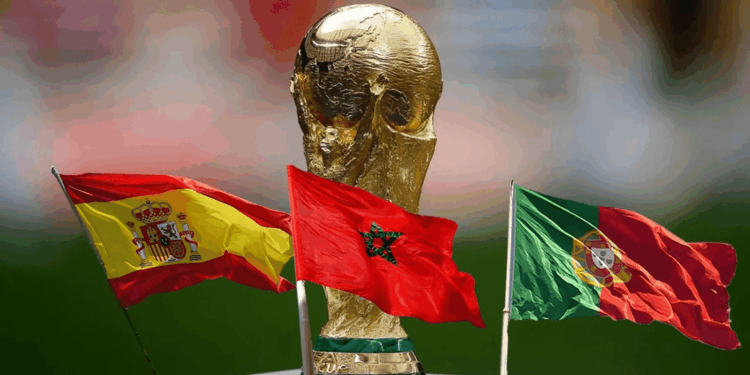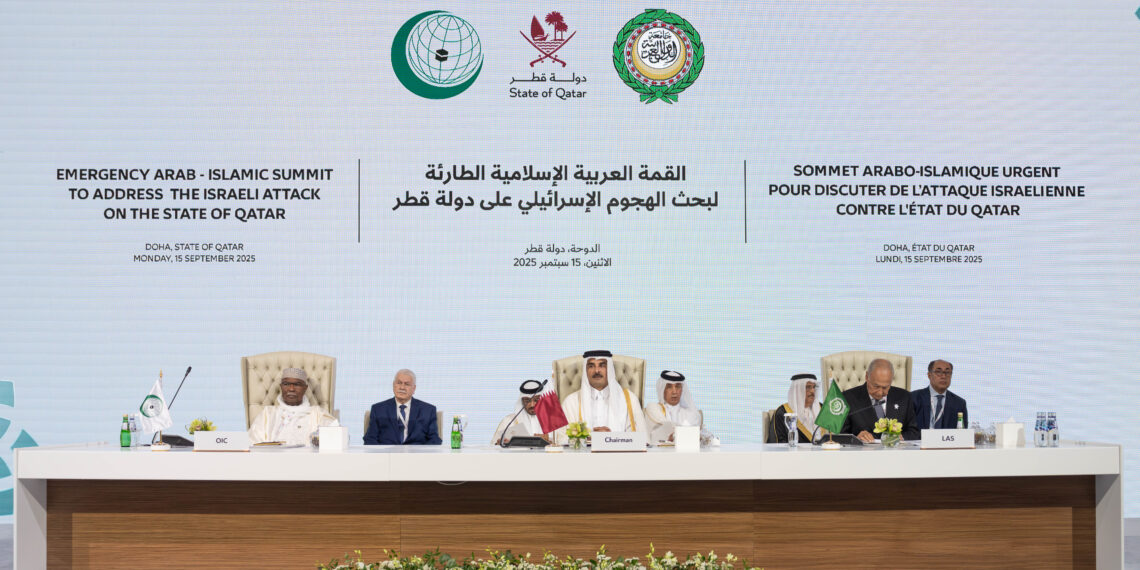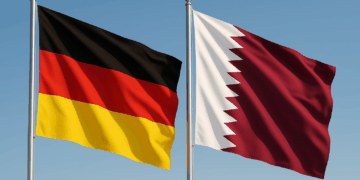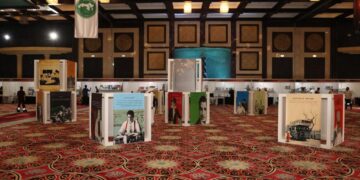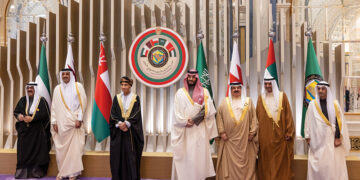In a strategic move to enhance transport infrastructure and better connect major cities, King Mohammed VI of Morocco approved an ambitious national railway network expansion plan costing approximately 96 billion Moroccan dirhams ($10.3 billion). The initiative is part of Morocco’s preparations to co-host the 2030 FIFA World Cup with Spain and Portugal.
The Moroccan government aims to accelerate railway development through extensive modernization of high-speed trains, urban transport, and intercity connections to meet national infrastructure ambitions and international standards, particularly ahead of the globally significant sporting event.
A key project is the construction of a 430-kilometer high-speed rail line from Kénitra in the north, via Rabat and Casablanca, to Marrakech in the south, costing around 53 billion dirhams. The new train will operate at a maximum speed of 350 km/h, reducing travel time between Tangier and Marrakech to just two hours and 40 minutes, and from Rabat to Casablanca’s international airport to 35 minutes.
In February, Morocco signed significant contracts, with the national railway company ONCF announcing the purchase of 168 new trains from France, Spain, and South Korea for 29 billion dirhams. These include double-deck Avelia Horizon high-speed trains from French manufacturer Alstom, with a capacity of 640 passengers and a top speed of 320 km/h.
The plan also includes investments to expand urban and interurban rail networks, increasing the number of connected cities from 23 to 43 by 2040, covering about 87% of Morocco’s population.
Observers see this substantial investment as Morocco’s effort to present itself to the world with modern, advanced infrastructure, particularly ahead of the World Cup, while promoting economic growth and facilitating passenger and freight transport.
A key aspect of the plan is the development of the local train industry, with the government aiming to attract international technology and expertise and promote joint manufacturing projects, creating new opportunities for the job market and local economy.
Beyond logistics, the Moroccan government views railway expansion as a contribution to reducing CO₂ emissions and promoting sustainable development, as trains are significantly more environmentally friendly than cars or planes.
Initial estimates suggest these projects will create thousands of direct and indirect jobs during construction and operation. Rabat is heavily investing in infrastructure as a central tool to support the economy and achieve its envisioned development transformation by 2030.


